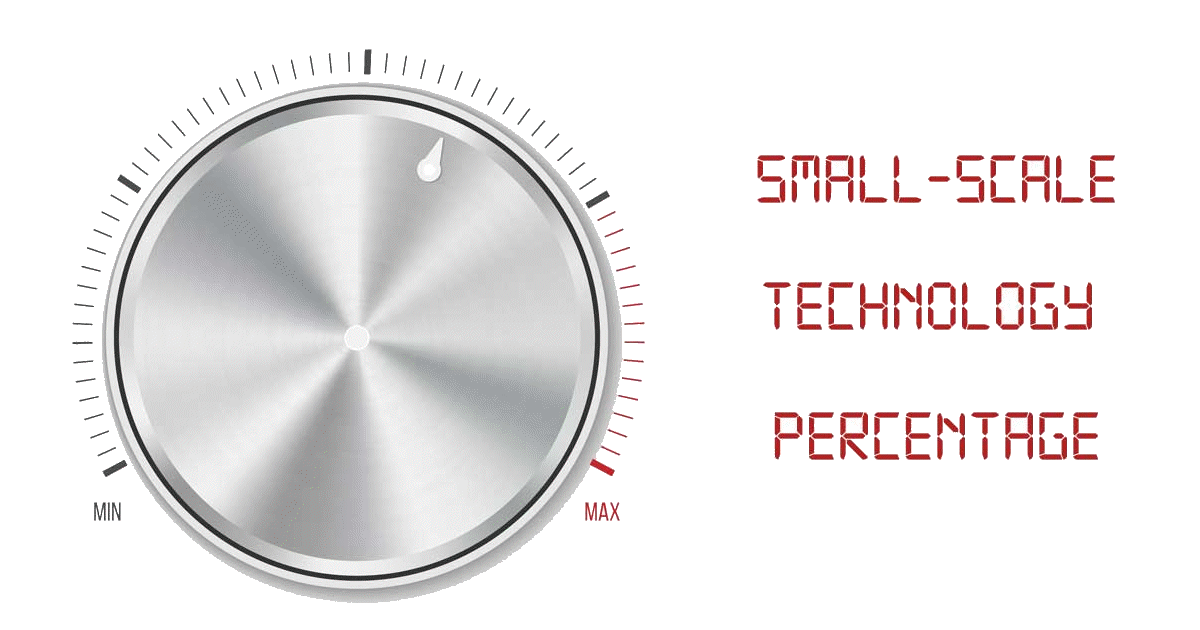
Australia’s Clean Energy Regulator has published the Small-scale Technology Percentage (STP) for 2020. Drum roll..
The Regulator announced on Tuesday the STP has been set at 24.40%. This means liable entities such as electricity retailers will be required to surrender approximately 42.6 million Small-scale Technology Certificates (STCs) to meet their obligations under Australia’s Small-scale Renewable Energy Scheme (SRES) this year.
How does this compare to the last few years? According to the Regulator:
- In 2019, the STP was 21.73 per cent (~37.4 million STCs)
- In 2018, the STP was 17.08 per cent (~29.3 million STCs)
- In 2017, the STP was 7.01 per cent (~12.5 million STCs)
So, while there’s a significant increase in the STP for this year, it’s not to the degree it has been in previous years.
What Does This Mean?
Australia’s solar rebate (more accurately, a subsidy) is based on STCs that are issued after the installation of eligible solar power systems. The number of certificates depends on the size of the system, where it is installed and the year of installation. These certificates have a value that is usually traded for a point-of-sale discount on a system, with the solar business or its agent then selling the STCs to liable entities.
STC prices fluctuate based on supply and demand. If demand is high, this can support high values. This year there will be high demand again for STCs because if a liable entity fails to meet their obligations, they are hit with a significant non-tax deductible shortfall charge.
But creation of STCs (supply) through the installation of solar power systems will also be high, and the average capacity of systems has been growing. Countering some of this was the drop in the number of STCs systems are eligible for from the start of this year as part of the scheduled phaseout. Hopefully this and other factors will balance out to support continued strong STC prices (from a solar buyer’s point of view) throughout 2020.
At the moment the STC spot price is above the $38 mark, which is really good. In fact, it crept up to $38.75 on the day of the STP announcement according to this DemandManager graph.
The highest the spot price can reach is $40 and the lowest it can drop to is $0. The lowest it’s been in the past year was around $34.20 – and only very briefly. Generally over the last year, it’s been in the $36 – $38 range.
But it can get pretty low – for example, in July 2017 the spot price plummeted to $29 due to consistent oversupply; and generally low values around that period had a significant impact on the amount of subsidy available. STC spot prices are something to keep a bit of an eye on if you’re still in the process of considering installing solar panels.
SolarQuotes has a handy STC calculator that will show you how many STCs a system will be eligible for and indicate how much the subsidy could be, based on an STC price you can set.

 RSS - Posts
RSS - Posts



Speak Your Mind